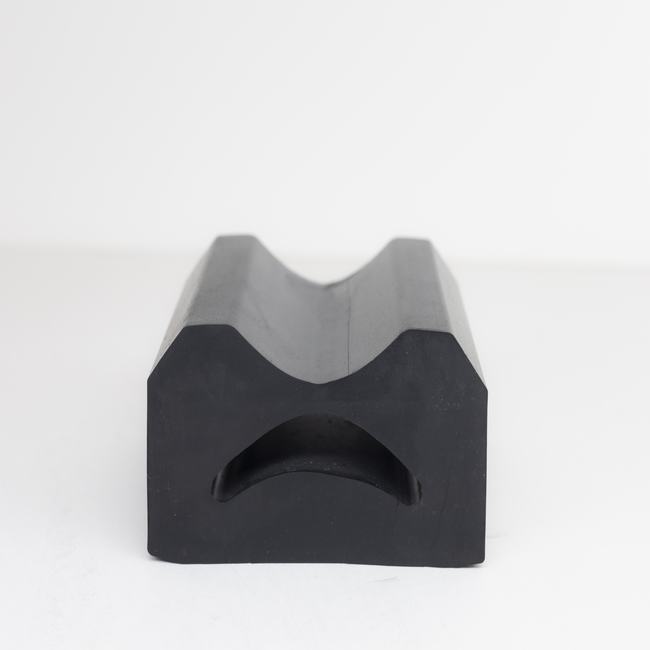Ship seals, also known as marine seals or shipboard seals, are specialized sealing components used in various parts of ships and marine vessels to maintain watertight or airtight conditions, prevent leaks, and ensure the safety and functionality of the vessel. These seals are designed to withstand the challenging conditions of the marine environment, including exposure to saltwater, waves, vibrations, and extreme temperatures. Here are some key types and applications of ship seals:
Types of Ship Seals:
- Hull Seals: Hull seals are used to create a watertight barrier between different sections of a ship’s hull, preventing water from entering and maintaining buoyancy. They are typically made of rubber or other flexible materials and are commonly used in ship compartments, bulkheads, and doors.
- Shaft Seals: Shaft seals, also known as stern tube seals, are used around the ship’s propeller shaft to prevent water from entering the hull. They are crucial for maintaining the integrity of the hull and reducing friction between the shaft and the seal.
- Hatch Seals: Hatch seals are employed to seal the openings (hatches) on a ship’s deck, ensuring that cargo holds remain watertight during voyages. They are typically made of rubber or elastomeric materials and may include compression or inflatable seals for a secure closure.
- Door Seals: Ship doors, such as those on cargo holds, engine rooms, and passenger areas, require seals to maintain watertight and airtight conditions when closed. These seals are designed to withstand pressure differentials and prevent water ingress.
- Window Seals: Window seals are used in ship cabins and bridge areas to keep the interior dry and maintain visibility. They are typically made of rubber or other sealing materials and are designed to resist the harsh marine environment.
Applications of Ship Seals:
- Cargo Ships: Ship seals play a vital role in cargo ships, where they are used to seal hatches, doors, and other access points to cargo holds. Ensuring a watertight seal is essential for transporting goods safely and efficiently.
- Naval Vessels: Military vessels, including submarines and surface ships, rely on high-performance seals to maintain the integrity of the hull and other critical components, especially during submerged operations.
- Passenger Vessels: Cruise ships, ferries, and passenger liners require seals for doors, windows, and other openings to ensure the comfort and safety of passengers and crew.
- Fishing Vessels: Fishing boats and trawlers use seals to maintain the watertight integrity of hatches and storage compartments for the preservation of catch and the safety of the crew.
- Oil and Gas Industry: Offshore platforms, drilling rigs, and supply vessels require specialized seals to prevent water ingress and protect critical equipment in the harsh marine environment.
- Research Vessels: Ships used for scientific research and exploration rely on seals to maintain controlled environments for laboratories and specialized equipment.
- Recreational Boats: Small recreational boats and yachts use seals for doors, hatches, and windows to protect the interior from water intrusion and provide comfort to passengers.
Ship seals are essential components for the safety, functionality, and efficiency of all types of vessels. They must meet strict regulatory standards and industry requirements to ensure the vessel’s seaworthiness and operational success. Additionally, ongoing maintenance and inspection of ship seals are essential to ensure their effectiveness and longevity in the demanding marine environment.





